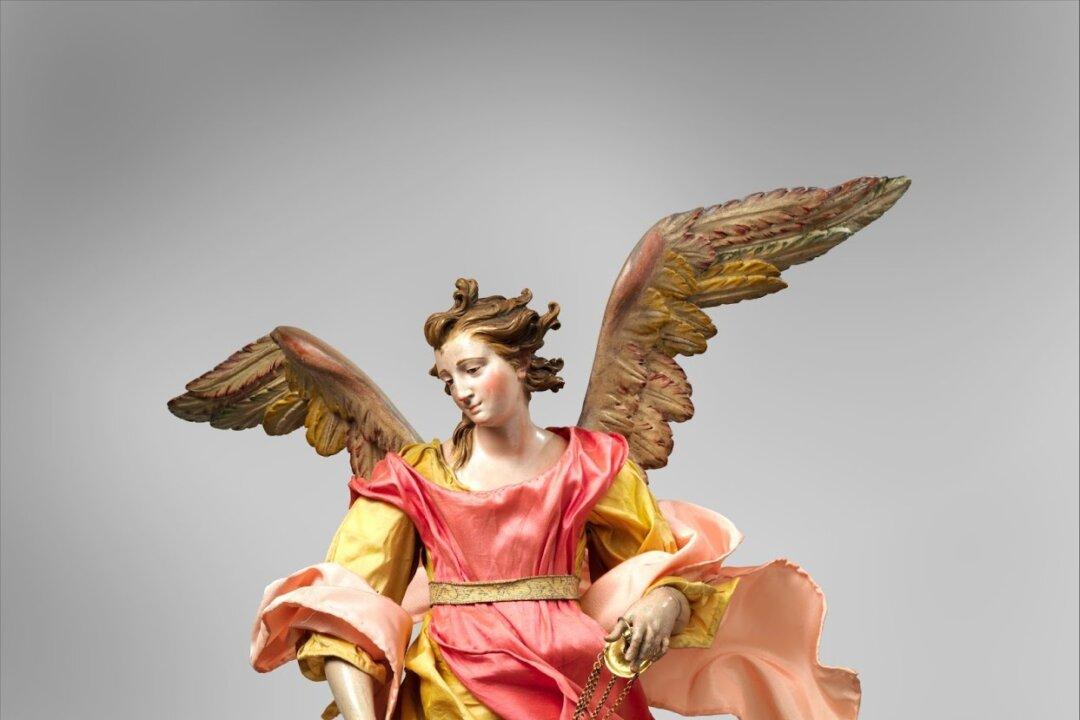During this holiday season of giving, many of us put up a Christmas tree. We decorate it with ornaments and place gifts for our loved ones underneath. What is the origin and evolution of this long tradition?
A Transcendent Symbol
Evergreen trees—the type often used for Christmas trees—have been used symbolically all throughout the world. For instance, ancient Egyptian, Chinese, and Hebrew cultures associated evergreen trees with eternal life.Before the 16th century, early Christianity appropriated these customs and originally used Christmas trees to represent the Garden of Eden and to scare off the devil for the new year. Apples, wafers, and candles were added to the tree to represent, respectively, the religious feast day of Adam and Eve, the body of Christ, and the light of Christ.





